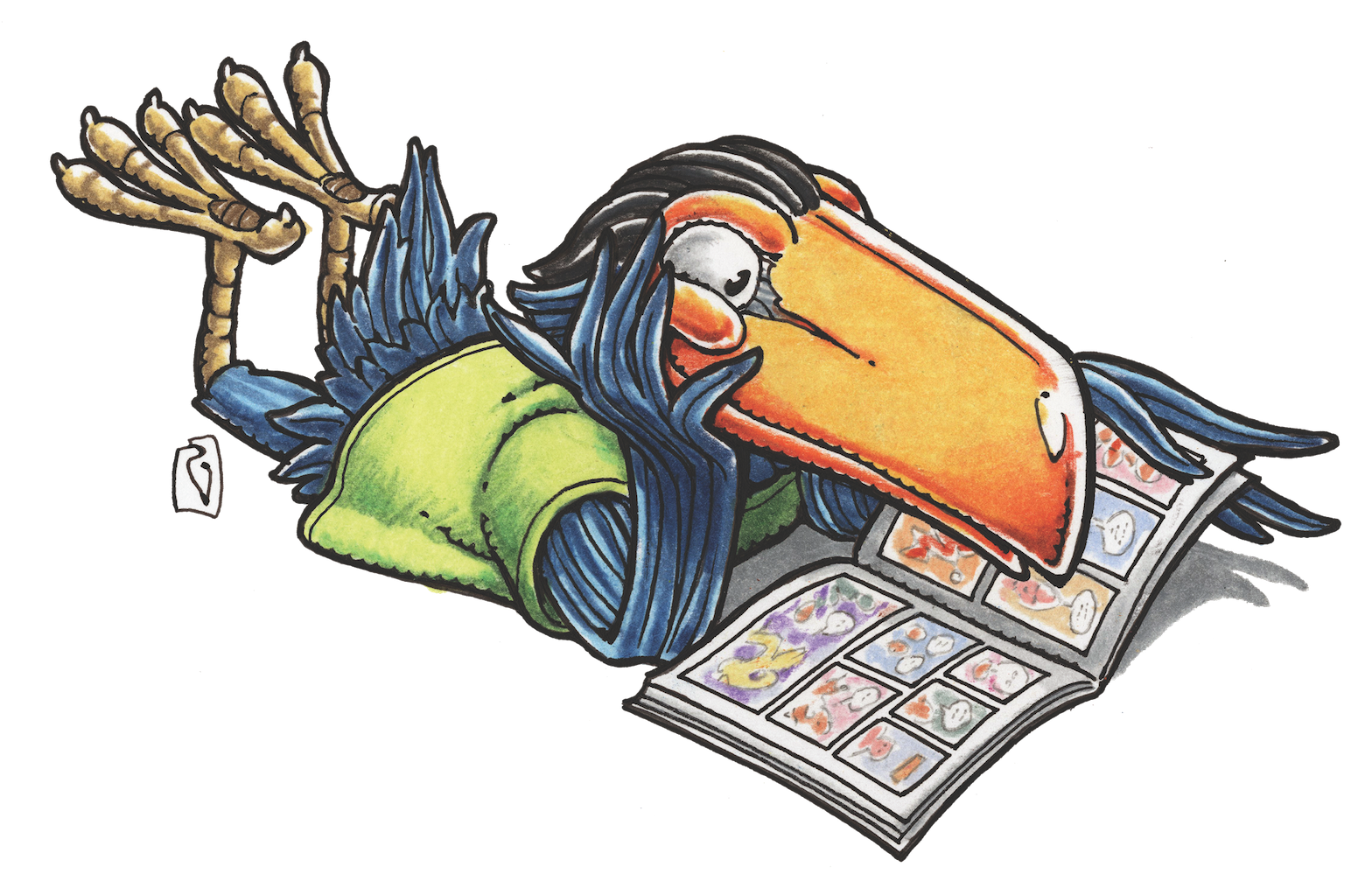OH, THE HORROR … THE HORROR!
Devourer of Words 009: H is for Horror


Oh, the horror.
Of all the things that one can try and write on the comics page—humor, romance, people in spandex whaling on other people on spandex—horror is one of the most difficult. We get most of our horror in one of two formats: in prose or on the screen. And they both have advantages that comics doesn’t.
Novels have the real estate to build a mood, to conjure the eerie in ways that comics just don’t—unless you’re doing a graphic novel, but even then, your 100-page OGN isn’t going to be as dense as a 250-page book. Stephen King can take a page to describe the door of one of the Overlook Hotel’s rooms if he wants to, but you don’t have that luxury.
And movies/TV can employ the wicked audio-visual toolbox in their bid to achieve terror. Sound and fury, when it comes to horror, goes a long way. They may be cheap scares—the loud sound when it’s been quiet, the score helping when the drama is kind of thin, the boo! of something popping into frame when it wasn’t there before—but they qualify.
Comics can bring neither of those toolboxes to bear. Which is fine. Sure, it only increases the degree of difficulty—like a diver trying some wicked triple-flip-thing (or whatever it is divers do)—but it also means that when you do stick the landing (which divers most definitely not do, since they’d die), you stick it but good.
What comics does have is the page turn. The all-purpose A-bomb of sequential art. In a 22-page comic, you have 11 opportunities to surprise—to give someone a thing they never thought they’d see. Of course, you can’t scare the beejeezus out of the reader at every page turn, nor should you try. Horror is about pace and tension—you have to pull back the slingshot before firing it. But when it works, the turn-page shock is brutal.
In two-dozen pages, it’s hard to build a mood, but you can plant an idea that turns the stomach. I remember this Warren Ellis comic for Avatar, Scars, that had a moment I’ll never forget, that made me actually stop reading. A detective stumbles upon a crime scene—a warehouse full of dead drug smugglers—and in the corner of the room, was an oil barrel. And in that barrel were a bunch of tiny skeletons. And the story of why those skeletons were there was enough to make me toss the comic across the room. One horrible idea can go a long way.
Lastly, you’ve got the space between the panels. Comic books ask the reader to do a fair amount of the storytelling—to imagine what’s happening between the images we’re showing them. What if we ask those readers to imagine something horrible? If we can find a way to make them complicit in the horror they’re watching, an accomplice of sorts, then the horror will be even that much more effective.
How, exactly, did she kill that guy and where did all of the skin go?
Happy Halloween.
Marc Bernardin’s Devourer of Words appears the third Tuesday of every month here on Toucan!